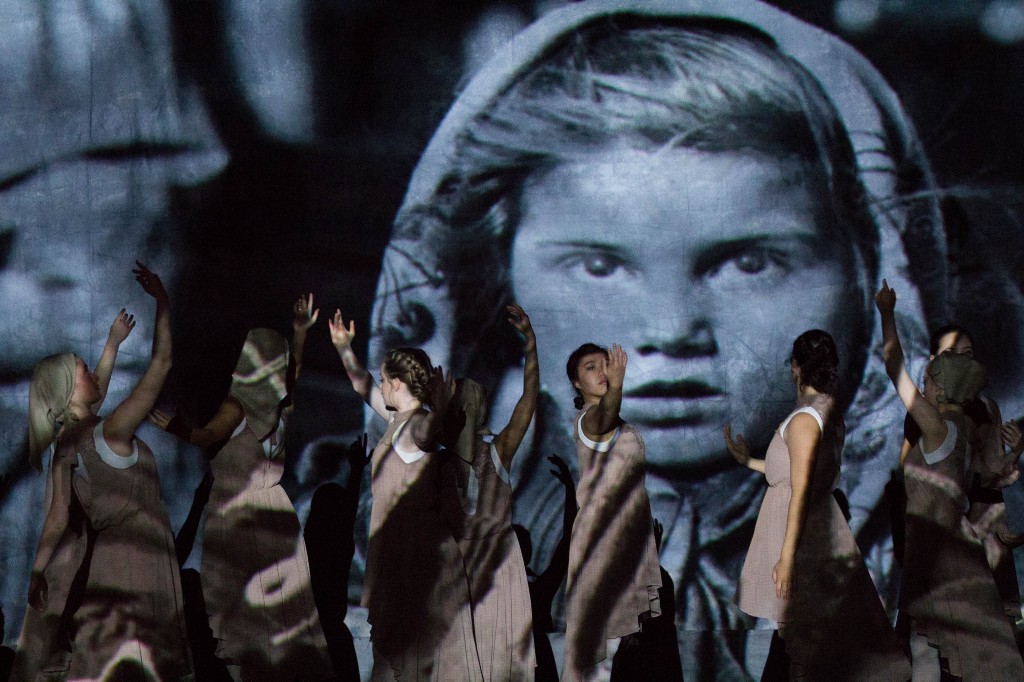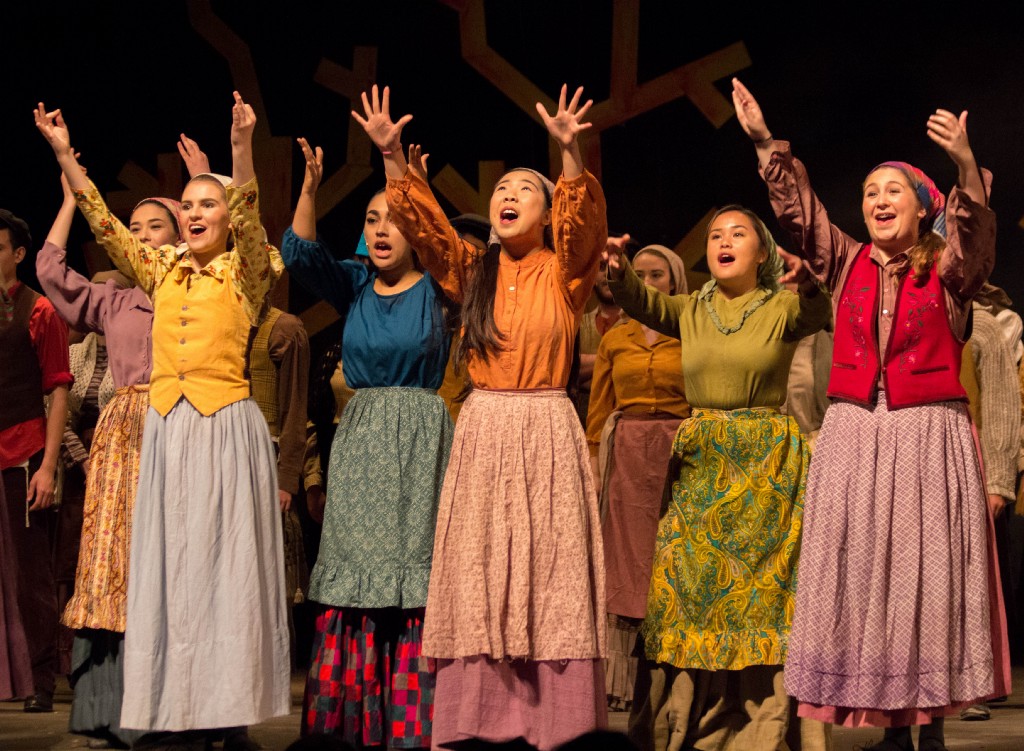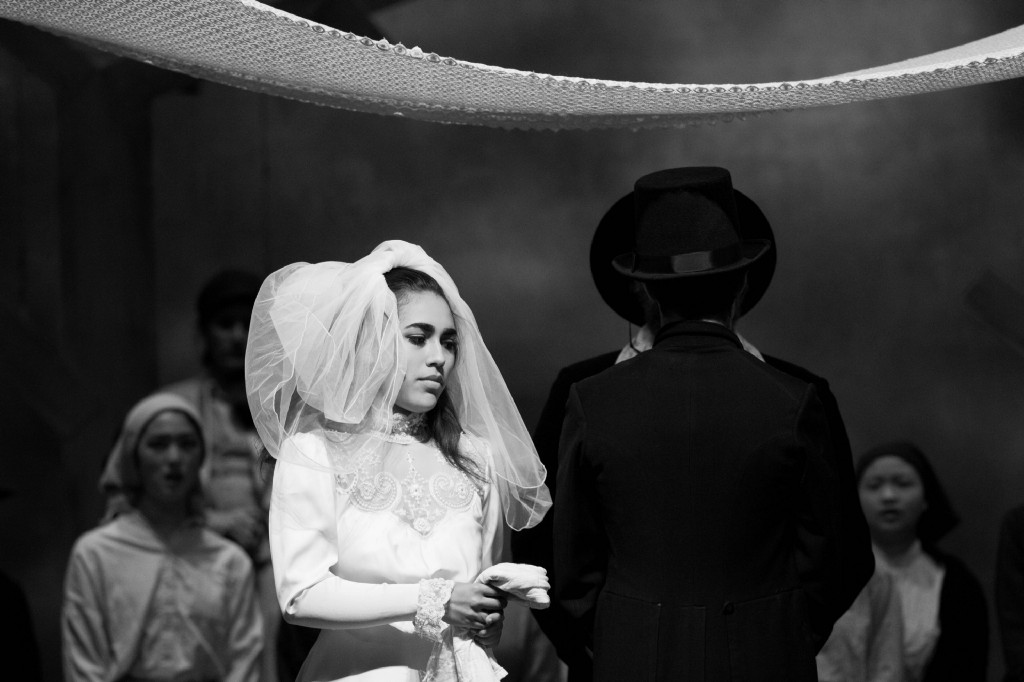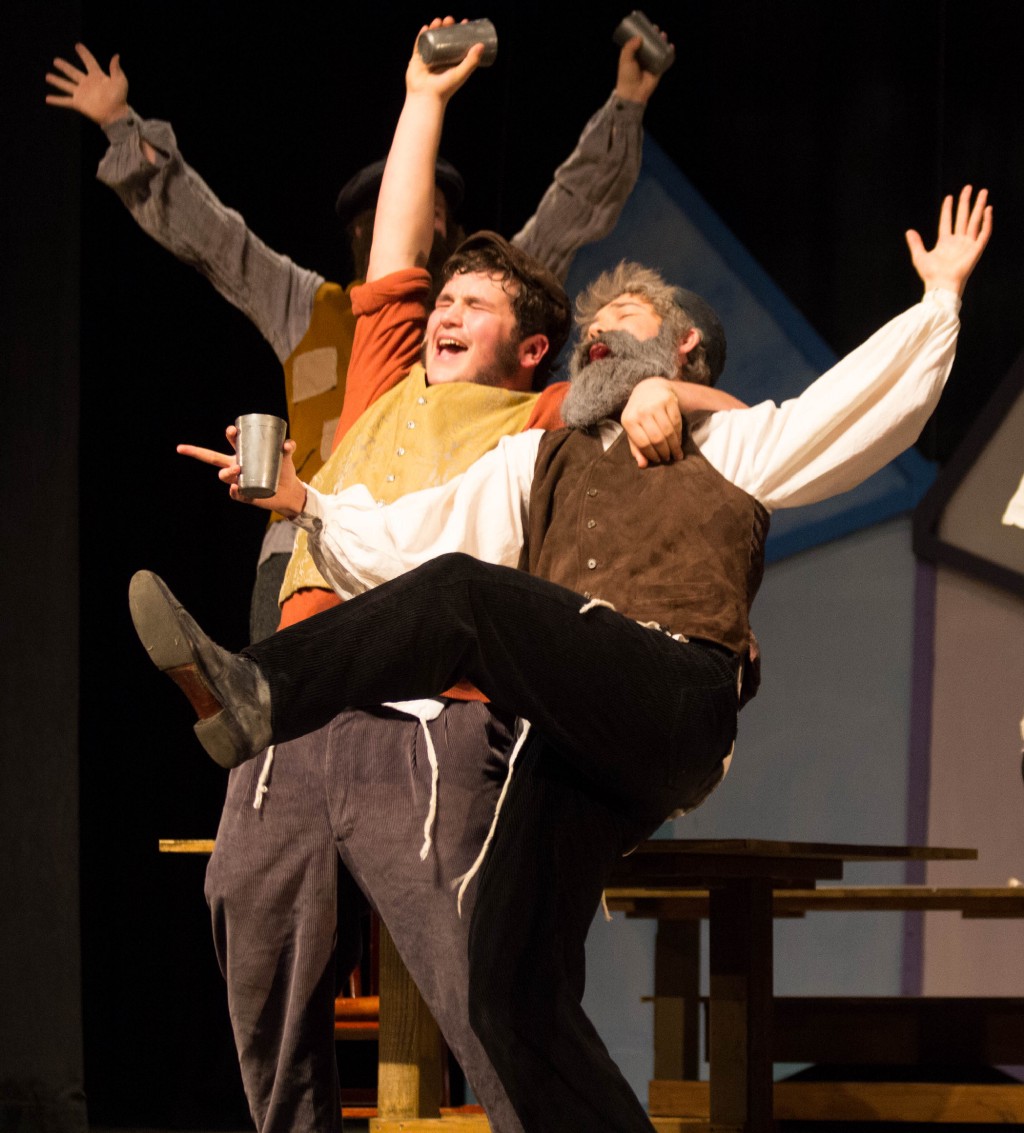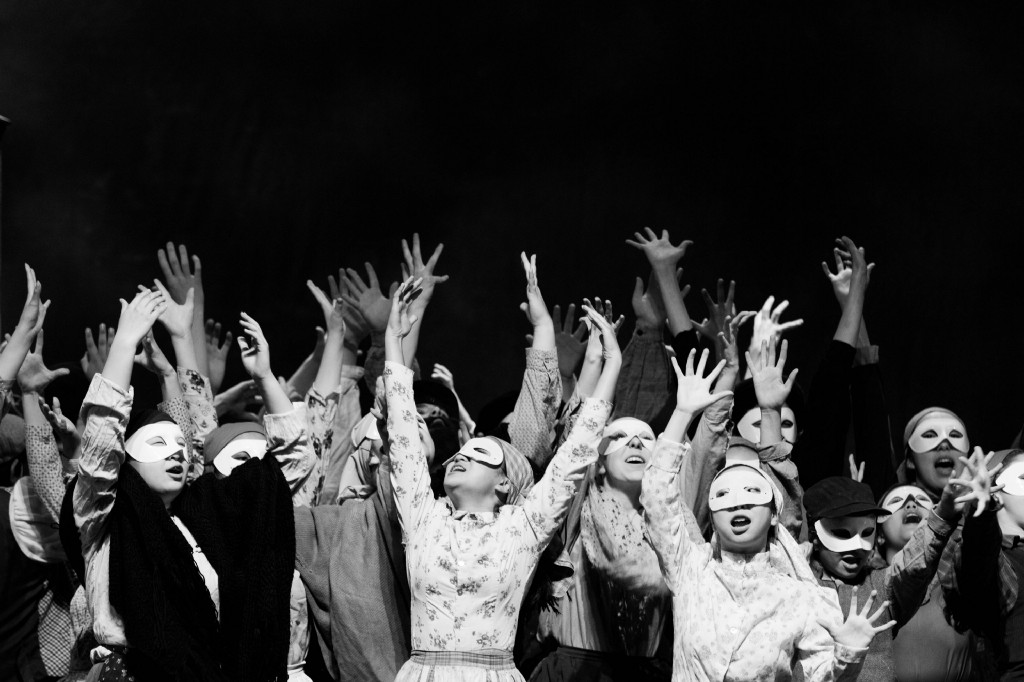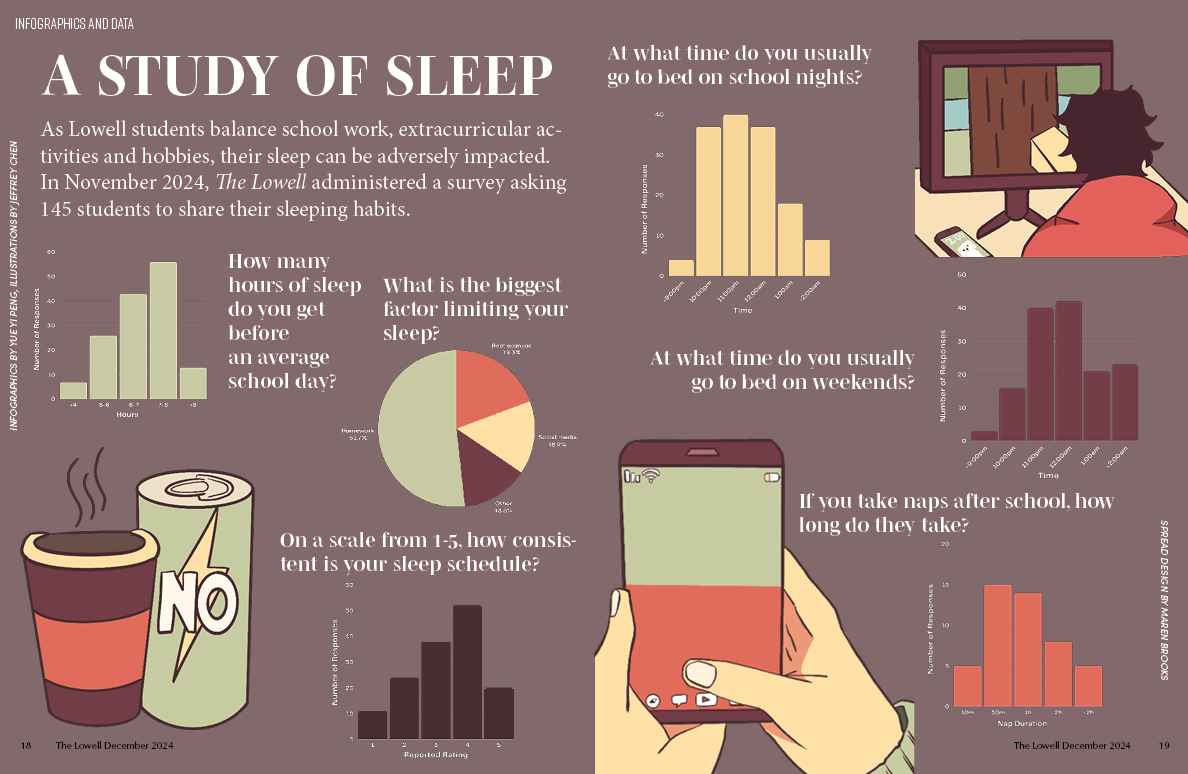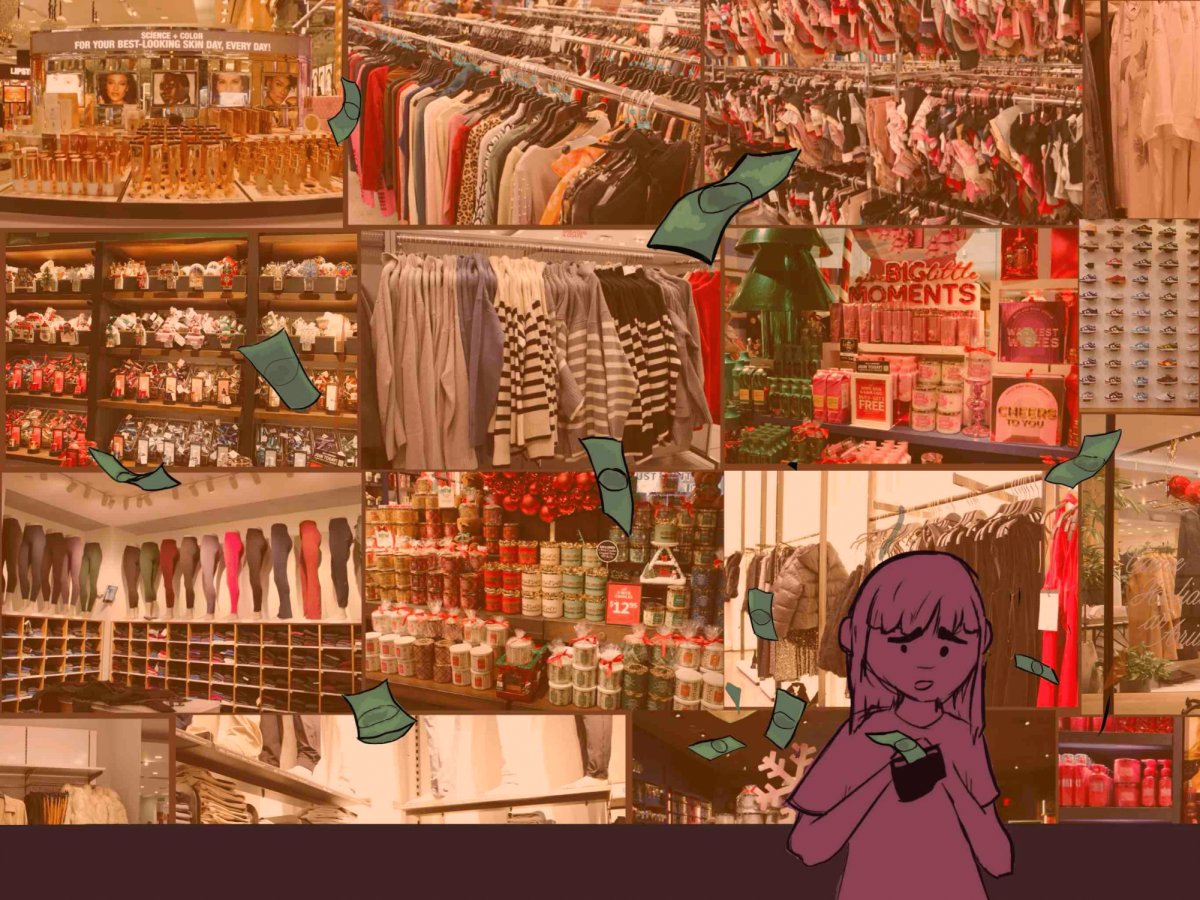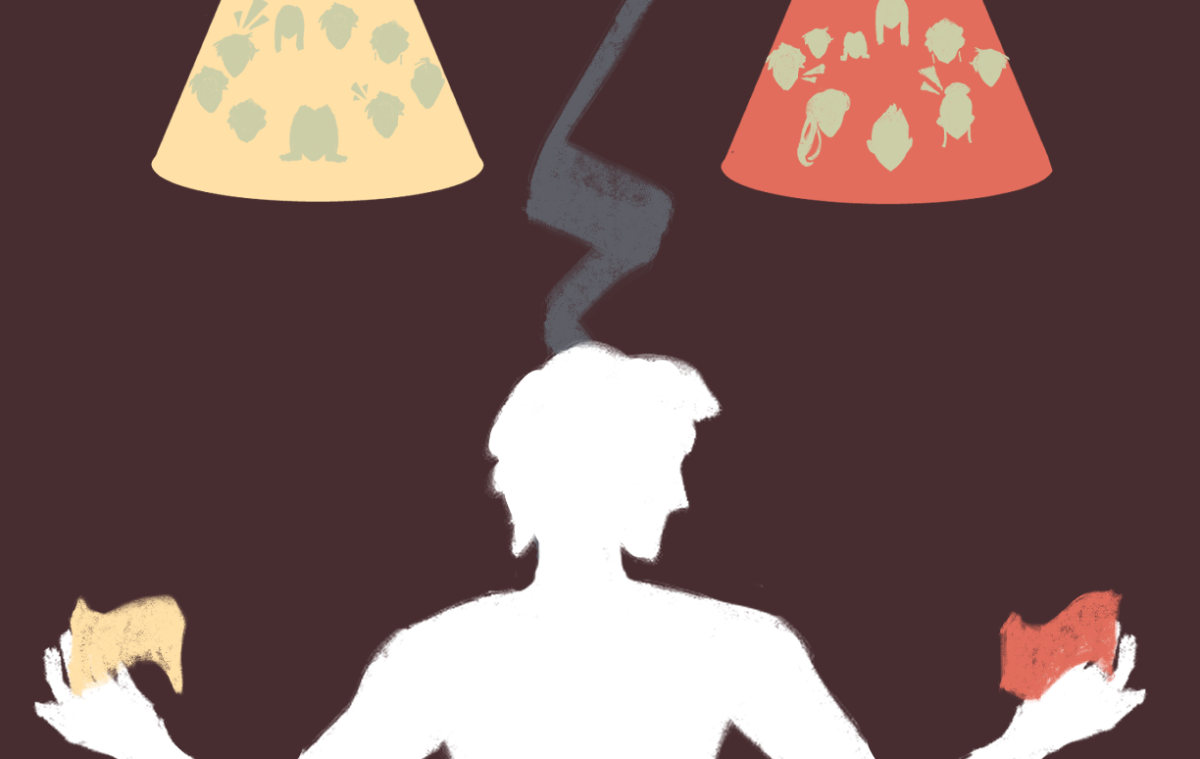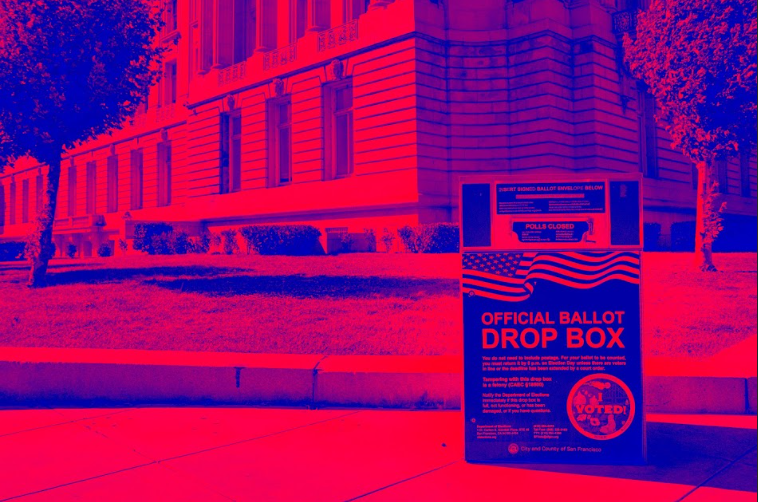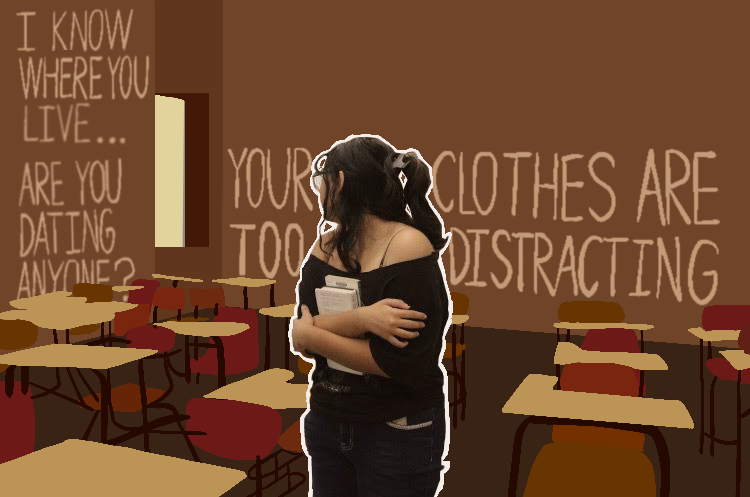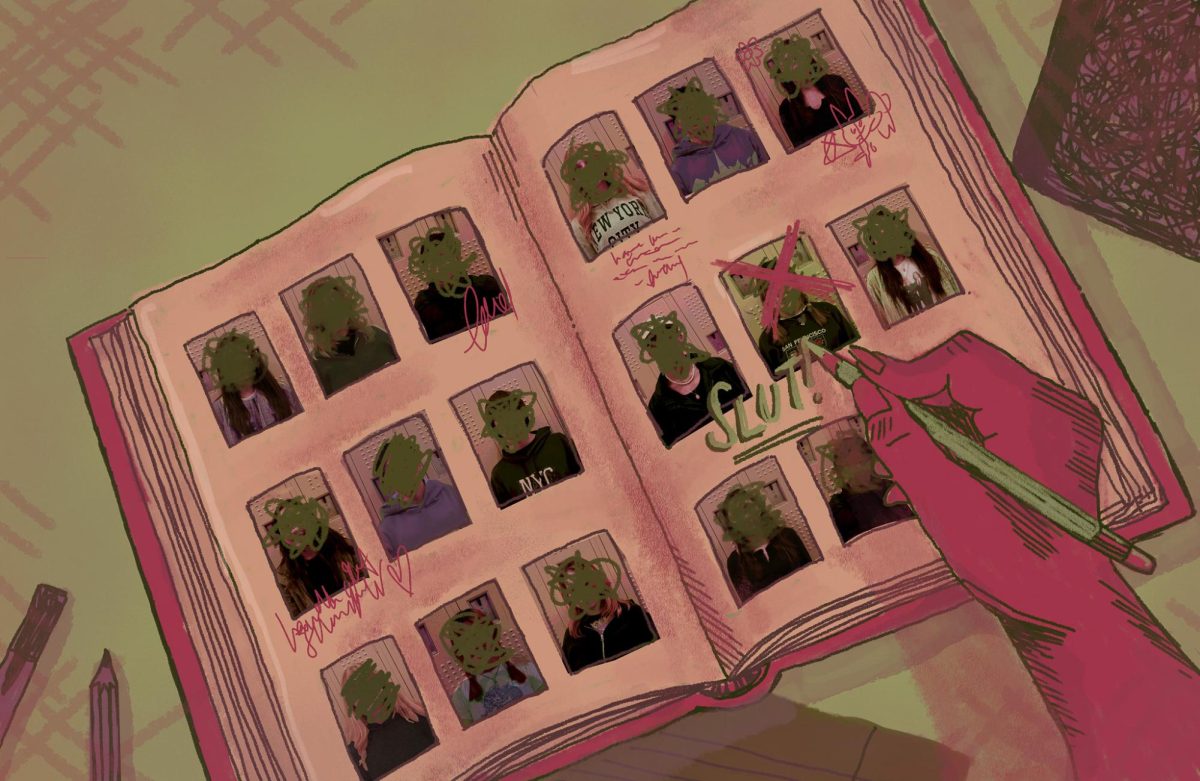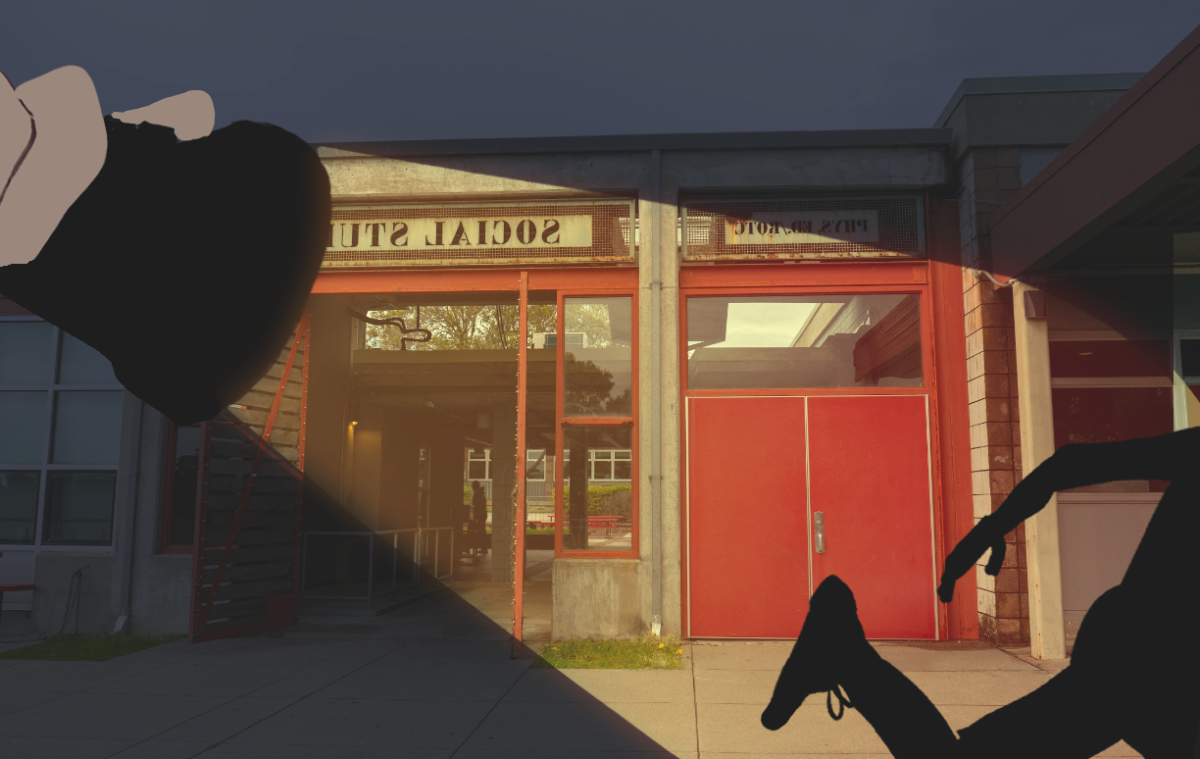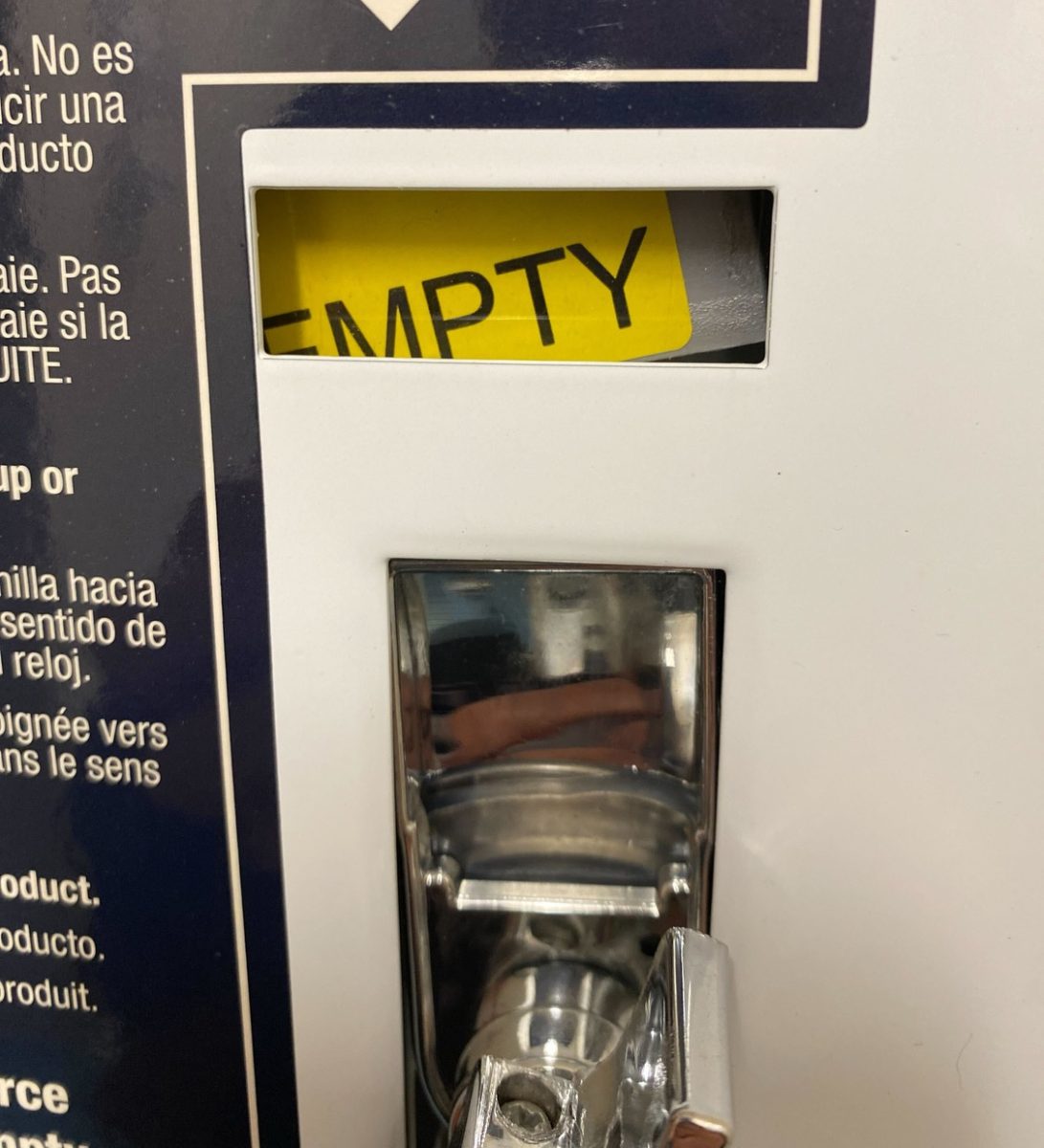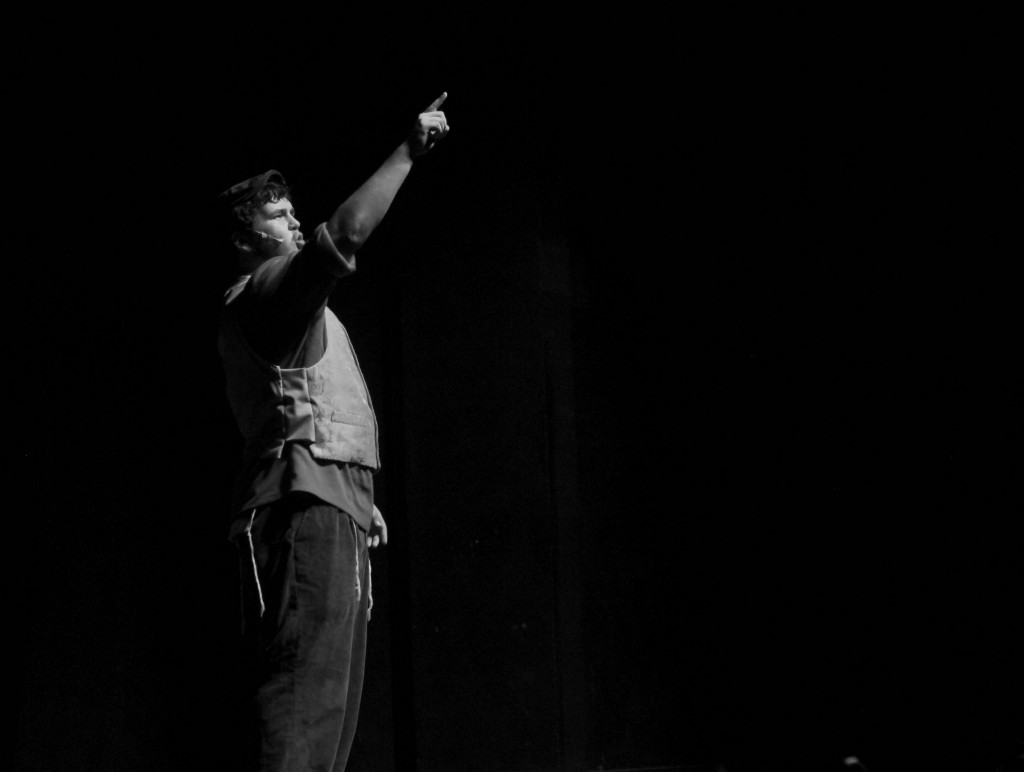

“Tradition! Tradition!” Music resonated throughout the theater as Tevye, played by junior Jacob Weiss, stepped out of the spotlight and joined the dancing villagers.
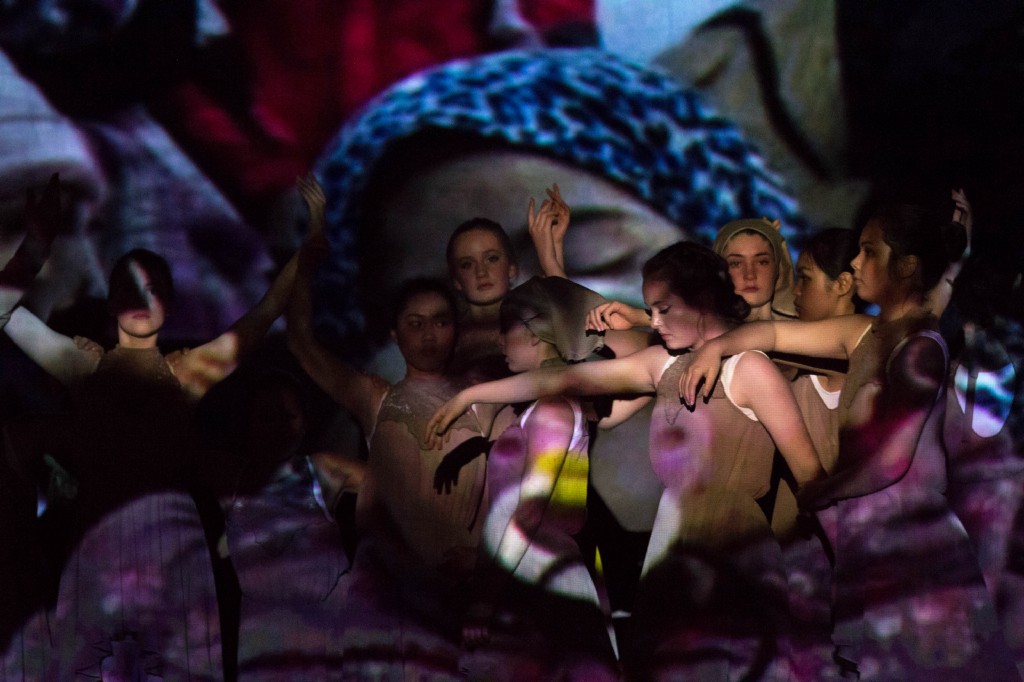
This scene is from the spring musical Fiddler on the Roof, which ran from March 9-12 at the Carol Channing Theater.
While tradition was the theme of the spring musical, Anne Marie Ullman, this year’s director, decided to break away from tradition by adding a new twist to the musical’s visual presentation.
Real footage of refugees was projected onto the stage during scenes throughout the show. These images were from various time periods, including images of families fleeing the Pale of Settlement in Czarist Russia, the Syrian Civil War, and families in Japanese Internment Camps.
Ullman sought to convey an important message to the audience: “It is important to appreciate the struggle of the displaced people, no matter where we are on the timeline.”
As early as the first design meeting, the idea of projecting these images had already arisen in Ullman’s mind. After several meetings with the set designer and the cast, her idea was fully grown. Ullman also felt that adding in the projections increased the intensity of the show’s storyline and presented the instability of the characters’ lives.
“It is important to appreciate the struggle of the displaced people, no matter where we are on the timeline.”
The musical, written by Joseph Stein, is based on Sholem Aleichem’s stories Tevye the Dairyman. It depicts a story of a Jewish community in the time of Tsarist Russia. During this period, tension amplified among the Jewish people as anti-Semitism continued to spread across the Russian Empire. Under the reign of Catherine the Great, Jews were restricted in residency and commercial rights in certain annexed areas called the Pale. Such legal prohibition on Jewish settlement was later defined as the Pale of Settlement. It eventually aggravated to the point of group expulsion and persecution.
Junior Tatyana Grishanina, who played the role of Shprintze in the musical, said the footage created a new layer for the musical and reinforced its historical relevance. She believed including this new element would keep the audience alert to the current refugee crisis.
From the fall play The Crucible to this spring’s musical Fiddler on the Roof, Ullman has insisted on choosing a script that would provoke the conscience of the audience. “I hope that when people come to see the play, they are both entertained and feel implicated in the story we are telling. When they leave the theater, they will feel empowered to make a change in their community,” Ullman said.
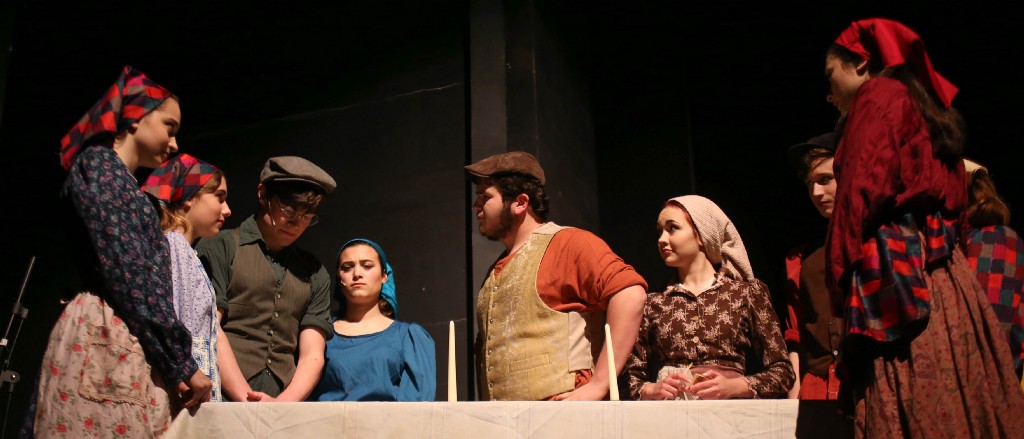
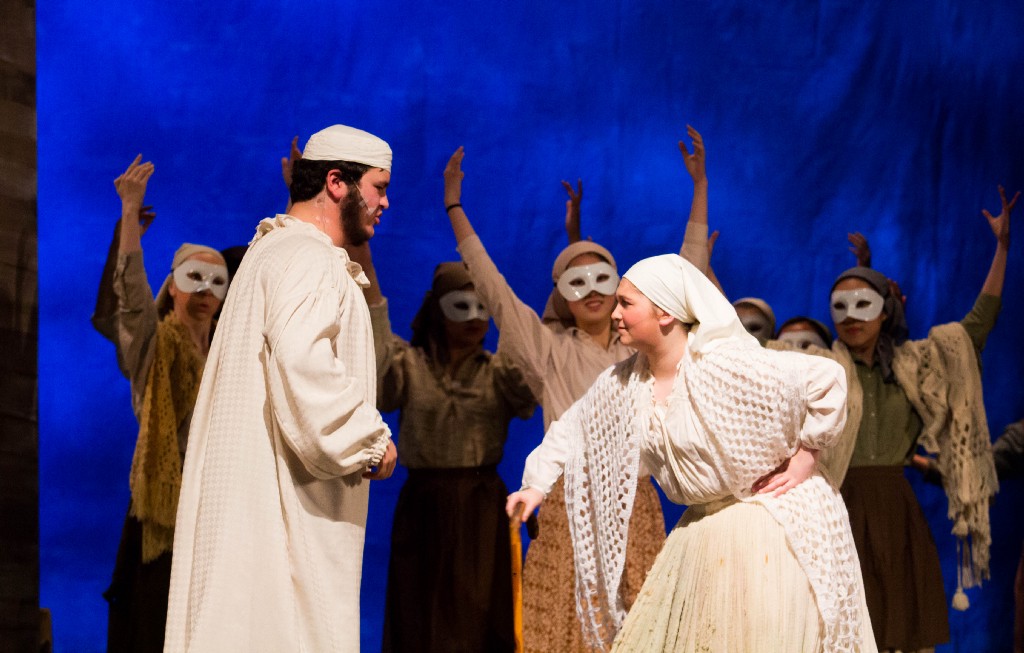
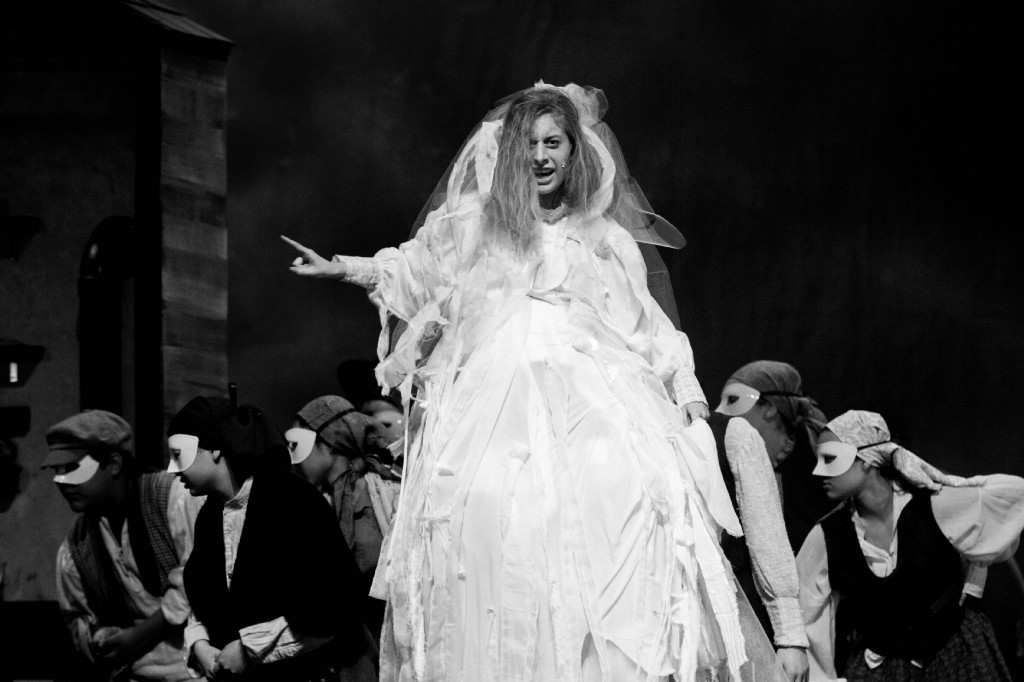
“I hope that when people come to see the play, they are both entertained and feel implicated in the story we are telling.”
